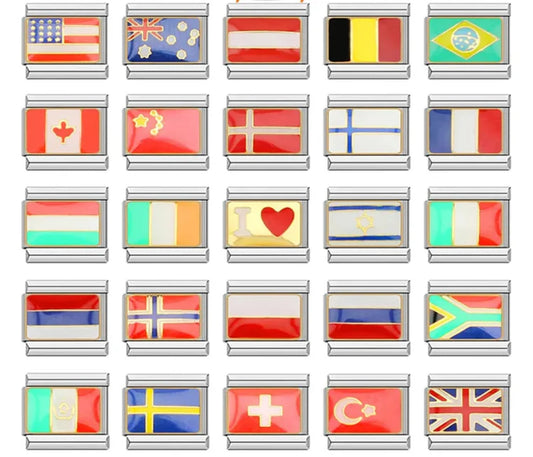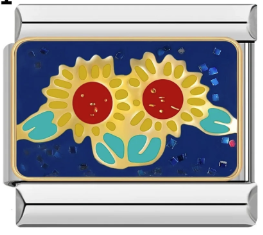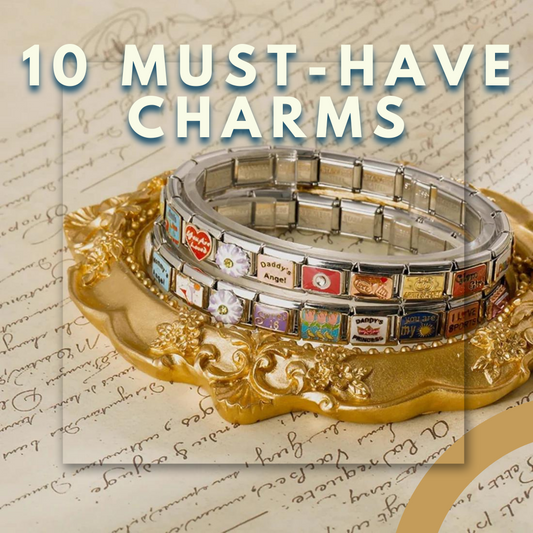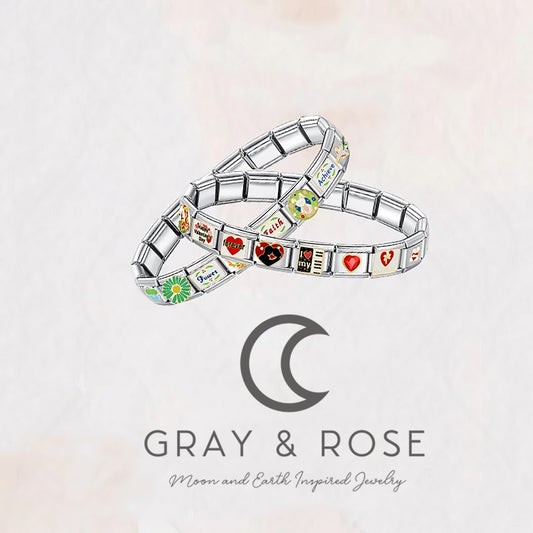Why Pear Shaped Engagement Rings Are the Latest Trend in Bridal Jewelry
When it comes to engagement rings, there are countless options to choose from. From classic solitaires to intricate halo designs, the choices can be overwhelming. However, there is a new trend in the world of bridal jewelry that is quickly gaining popularity: pear-shaped engagement rings. This unique style features a teardrop-shaped diamond or gemstone that is elongated and elegant. Not only do pear-shaped engagement rings offer a fresh take on traditional ring styles, they also have practical benefits such as elongating the wearer's finger and making the stone appear larger. In this article, we will explore the reasons behind this trend, the history of pear-shaped engagement rings, and some stunning examples of this chic and sophisticated style. Whether you're in the market for an engagement ring or simply curious about the latest trends in bridal jewelry, read on to discover why pear-shaped engagement rings are making waves in the industry.
The history of pear-shaped
Pear-shaped diamonds have been around for centuries, but they didn't become popular until the 20th century. The shape was created in the 1400s by a Flemish polisher named Lodewyk van Berquem, who was known for his innovative cutting techniques. He discovered that by cutting a diamond in a teardrop shape, he could maximize the stone's brilliance and fire. However, it wasn't until the 1800s that pear-shaped diamonds became fashionable. During the Victorian era, diamonds were often cut in unique shapes to showcase the stone's beauty. The pear shape was a popular choice for engagement rings because it was elegant and feminine.
Why are pear-shaped engagement rings popular?
Pear-shaped engagement rings have become increasingly popular in recent years, and there are several reasons why. First, the shape is unique and eye-catching. Unlike traditional round or square diamonds, the pear shape stands out and makes a statement. Second, pear-shaped diamonds have a slimming effect on the finger. Because the diamond is elongated, it creates the illusion of a longer, slimmer finger. This is particularly appealing to women with shorter fingers who want to create the illusion of length. Third, pear-shaped diamonds can appear larger than other shapes of the same carat weight. The elongated shape creates a larger surface area, which makes the stone appear bigger. Finally, pear-shaped engagement rings are versatile. They can be set in a variety of ways, from simple solitaires to intricate halo designs.
Comparing pear-shaped diamonds to other diamond shapes
When choosing an engagement ring, it's important to consider the shape of the diamond. While pear-shaped engagement rings have their own unique charm, they may not be the right choice for everyone. Here is a comparison of pear-shaped diamonds to other popular diamond shapes:
- Round diamonds: Round diamonds are the most popular shape for engagement rings. They are classic and timeless, and they offer maximum brilliance and fire. However, round diamonds can be more expensive than other shapes, and they may not be as unique as other styles.
- Princess-cut diamonds: Princess-cut diamonds are square or rectangular in shape, and they offer a modern and contemporary look. They are also less expensive than round diamonds, but they may not have the same brilliance and fire.
- Emerald-cut diamonds: Emerald-cut diamonds are rectangular in shape with stepped facets. They offer a vintage and sophisticated look, but they may not have the same sparkle as other shapes.
- Cushion-cut diamonds: Cushion-cut diamonds are square or rectangular with rounded corners. They offer a soft and romantic look, but they may not have the same brilliance as round diamonds.
Ultimately, the choice of diamond shape comes down to personal preference and budget.
How to choose the perfect pear-shaped engagement ring
If you're considering a pear-shaped engagement ring, there are several factors to consider. First, choose the size of the diamond based on your budget and personal preference. Keep in mind that the larger the diamond, the more expensive it will be. Second, consider the quality of the diamond. Look for a diamond with good color and clarity grades to ensure maximum sparkle and brilliance. Third, choose a setting that complements the pear shape. A simple solitaire setting will showcase the diamond's beauty, while a halo setting will add extra sparkle and make the stone appear larger. Finally, consider the metal of the ring. Platinum and white gold are popular choices for pear-shaped engagement rings because they complement the diamond's color and sparkle.
The best settings for pear-shaped engagement rings
There are several settings that work well for pear-shaped engagement rings. Here are some of the most popular:
- Solitaire setting: A solitaire setting is a classic choice for any diamond shape. It features a single diamond on a plain band, which allows the diamond to take center stage.
- Halo setting: A halo setting features a center diamond surrounded by a halo of smaller diamonds. This setting adds extra sparkle and makes the center diamond appear larger.
- Three-stone setting: A three-stone setting features three diamonds of similar size. This setting is symbolic of the past, present, and future, and it adds extra sparkle and depth to the ring.
- Split-shank setting: A split-shank setting features a band that splits into two or more strands as it approaches the center diamond. This setting adds extra visual interest and makes the ring appear larger.
Ultimately, the choice of setting comes down to personal preference and style.
How to care for your pear-shaped diamond
Once you've chosen the perfect pear-shaped engagement ring, it's important to take care of it properly. Here are some tips for caring for your diamond:
- Clean your diamond regularly using a soft-bristled brush and a gentle cleaning solution.
- Store your diamond separately from other jewelry to prevent scratches and damage.
- Avoid wearing your diamond while doing activities that may cause damage, such as gardening or exercising.
- Have your diamond inspected and cleaned by a professional jeweler at least once a year.
By taking proper care of your diamond, you can ensure that it will last for a lifetime.
Famous pear-shaped engagement rings
Pear-shaped engagement rings have been worn by several famous women over the years. Here are some of the most notable:
- Elizabeth Taylor: Elizabeth Taylor's engagement ring from Richard Burton was a 33.19-carat pear-shaped diamond.
- Victoria Beckham: Victoria Beckham's engagement ring from David Beckham was a 17-carat pear-shaped diamond.
- Katherine Heigl: Katherine Heigl's engagement ring from Josh Kelley was a pear-shaped diamond surrounded by smaller diamonds.
- Cardi B: Cardi B's engagement ring from Offset is a pear-shaped diamond surrounded by smaller diamonds.
These stunning rings have helped to popularize the pear shape among modern brides.
Affordable options for pear-shaped engagement rings
While pear-shaped engagement rings can be expensive, there are several affordable options available. One option is to choose a smaller diamond or a diamond with lower color or clarity grades. Another option is to choose a lab-grown diamond, which is less expensive than a natural diamond but still offers the same beauty and durability. Finally, consider alternative gemstones such as moissanite, morganite or aquamarine, which offer a similar look to a diamond at a fraction of the cost.
Conclusion
Pear-shaped engagement rings are a stylish and sophisticated choice for modern brides. They offer a unique and eye-catching look, as well as practical benefits such as elongating the finger and making the stone appear larger. When choosing a pear-shaped engagement ring, consider factors such as the size and quality of the diamond, the setting, and the metal. Take proper care of your ring to ensure that it lasts for a lifetime. Whether you choose a classic solitaire or an intricate halo design, a pear-shaped engagement ring is sure to make a statement and stand the test of time.




















